How to Maximize Shelf Life with Pouch Liquid Filling
In the food and beverage industry, extending the shelf life of products is crucial for maintaining product quality, safety, and consumer satisfaction. Pouch liquid filling has emerged as a popular packaging method that can effectively maximize shelf life when implemented with proper techniques. This article explores various approaches to enhance the longevity of pouch-filled liquid products.
Material Selection
The choice of pouch materials plays a significant role in shelf life. High-barrier materials, such as laminated films with aluminum or metallized layers, provide excellent protection against oxygen and moisture, which are the primary factors responsible for product degradation. The thickness and composition of the film material should be carefully selected to withstand the specific product characteristics and storage conditions.
Heat Sealing
Proper heat sealing of pouches is essential for preventing leakage and contamination. Optimal sealing parameters, such as temperature, pressure, and dwell time, should be established to ensure a secure seal. Ultrasonic sealing, which creates a hermetic bond between the pouch layers, can significantly enhance seal integrity and prevent air or moisture ingress.
Aseptic Filling
Aseptic filling involves sterilizing the product, the pouch, and the filling equipment before and during the filling process. This technique eliminates microbial contamination and extends shelf life significantly. Sterilization methods include chemical treatments, gamma irradiation, or heat sterilization. Aseptic filling must be conducted under controlled conditions to maintain sterility throughout the process.
Nitrogen Flushing
Nitrogen flushing is a common technique used to remove oxygen from the pouches before sealing. Oxygen scavengers, such as iron powder or sodium ascorbate, can also be added to the product to further reduce oxygen levels. By eliminating oxygen, the growth of aerobic microorganisms is inhibited, and product oxidation is prevented, thus extending shelf life.
Environmental Control
Appropriate storage conditions are crucial for preserving product quality and shelf life. Factors such as temperature, humidity, and light exposure should be carefully managed to minimize product deterioration. Controlled temperature storage, dark storage areas, and moisture-proof packaging help maintain the integrity and functionality of pouch-filled liquid products.
Monitoring and Testing
Regular monitoring and testing of the packaging system are essential for ensuring the effectiveness of shelf life extension measures. Seal integrity, oxygen and moisture levels, and microbial testing should be conducted periodically to verify the performance of the packaging and the product’s stability. By proactively addressing potential issues, quality and safety can be maintained throughout the product’s shelf life.
Maximizing the shelf life of pouch liquid filling involves a comprehensive approach that addresses material selection, heat sealing, aseptic filling, nitrogen flushing, environmental control, and monitoring. By implementing these techniques effectively, manufacturers can ensure the quality and safety of their products while extending their shelf life, ultimately benefiting consumers and enhancing business profitability.
-
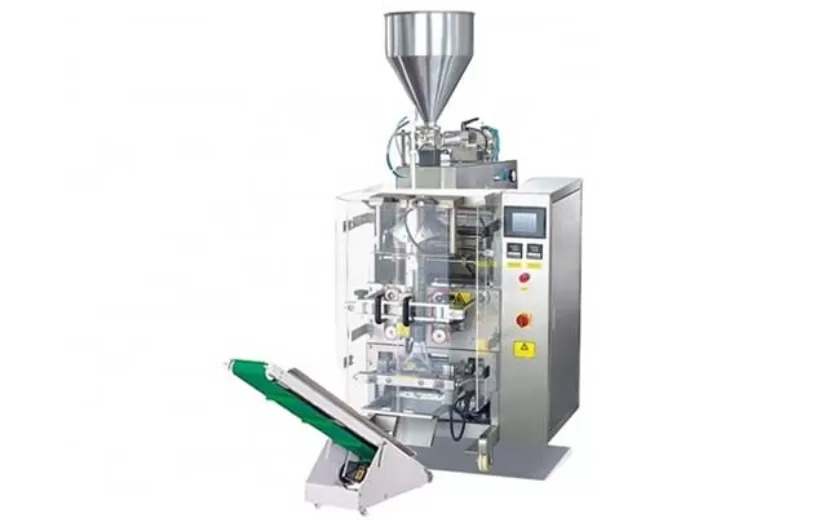
Advanced Packing Solutions: Snacks, Sugar, and Frozen Food Machines
29-10-2025 -
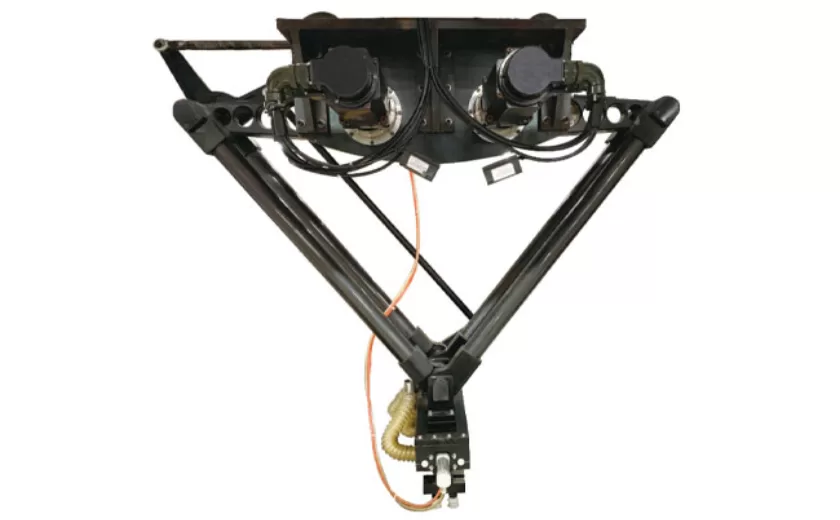
Efficient and Reliable Solutions for Salt, Nuts, and Frozen Dumplings Packing
29-10-2025 -
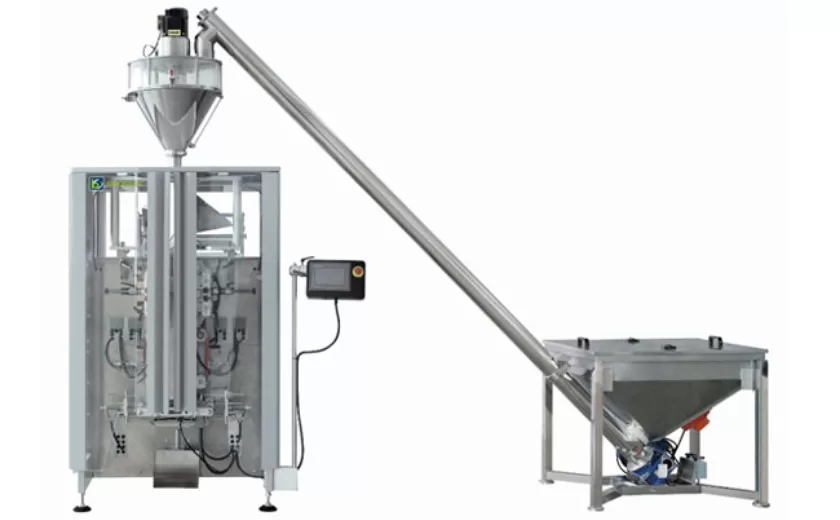
High-Performance Biscuits, Lollipop, and Ketchup Packing Machines for Modern Food Production
29-10-2025 -

Efficient Liquid Filling and Packing Machines for Modern Production
23-10-2025 -
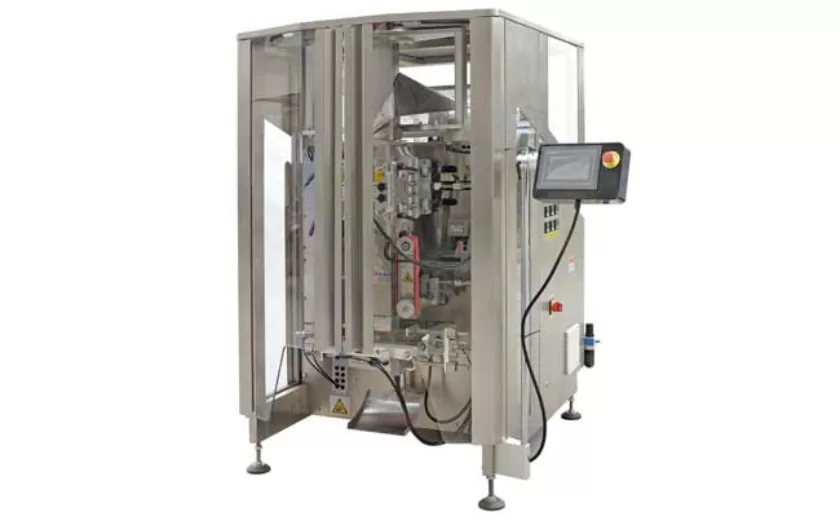
Reliable Granule Packaging Machines for Efficient Production
23-10-2025 -

Efficient Auger Powder Filling Machines for Accurate Packaging
23-10-2025 -

High-Performance Liquid Filling and Packing Machines for Hygienic Production
10-10-2025 -

High-Efficiency Granule Packaging Machines for Precision and Speed
10-10-2025 -

High-Precision Auger Type Powder Filling Machines for Efficient Packaging
10-10-2025 -
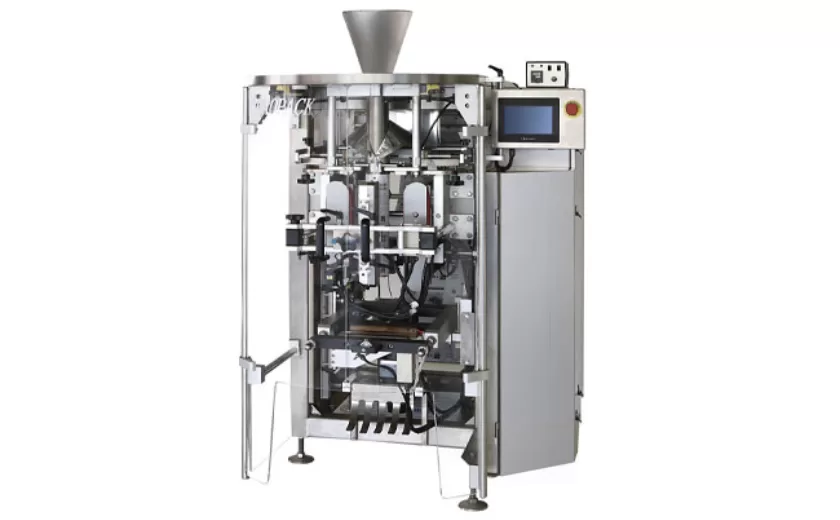
Efficient Vertical Form Fill Seal Packaging Machines for Smart Production
10-10-2025





